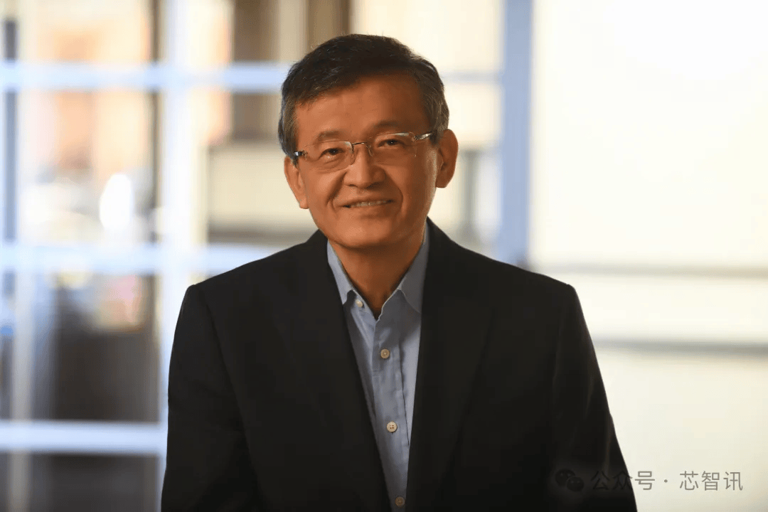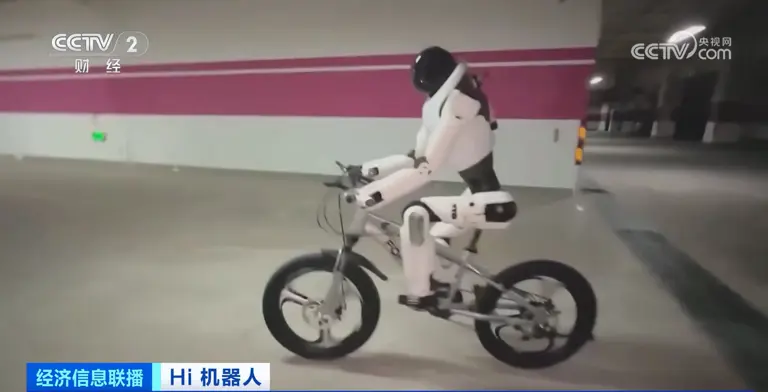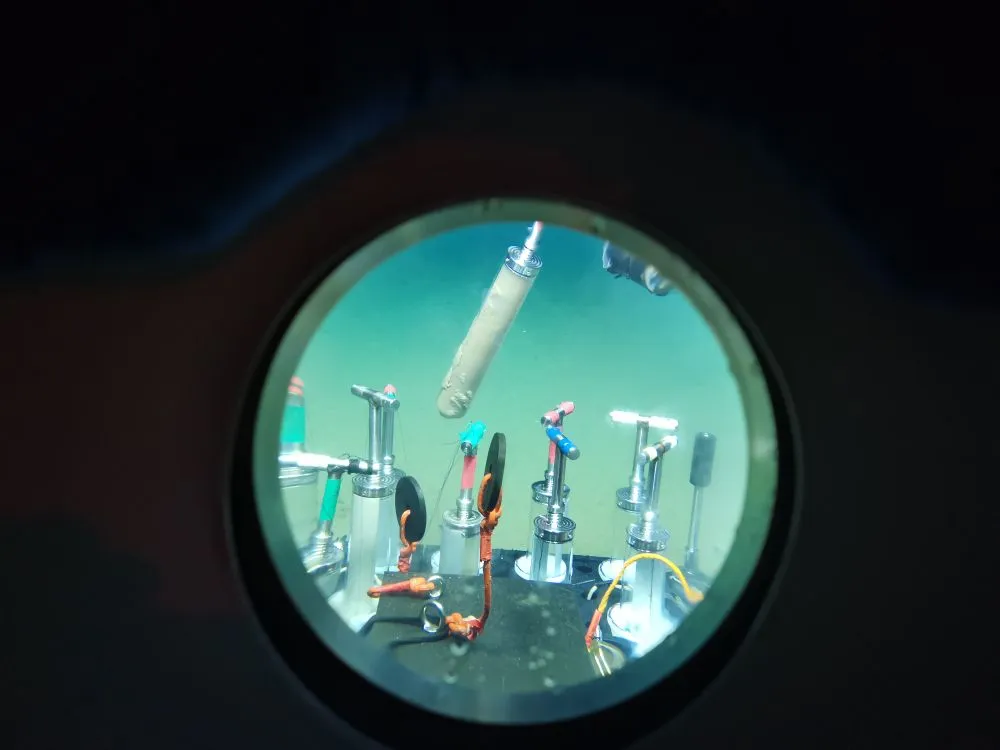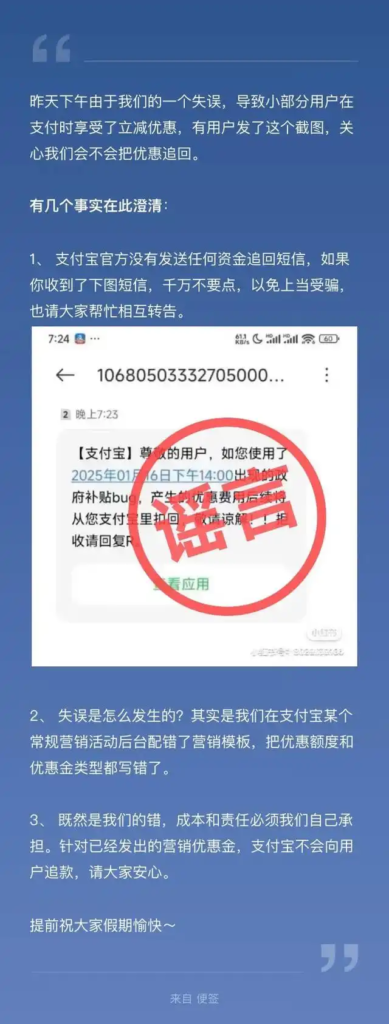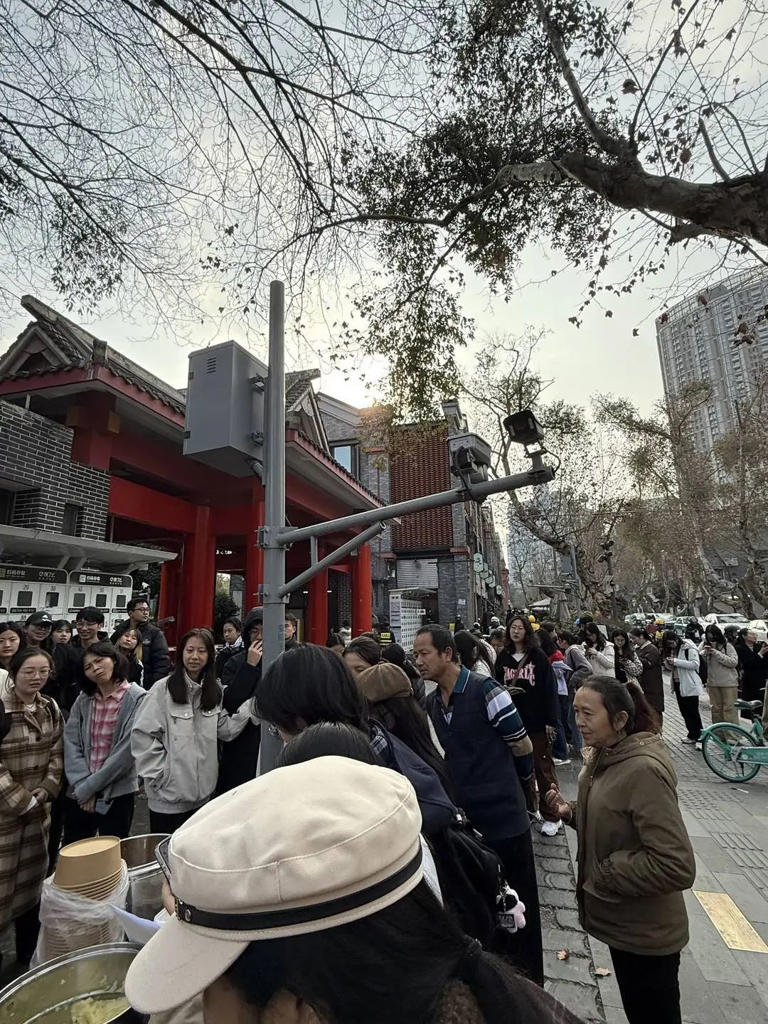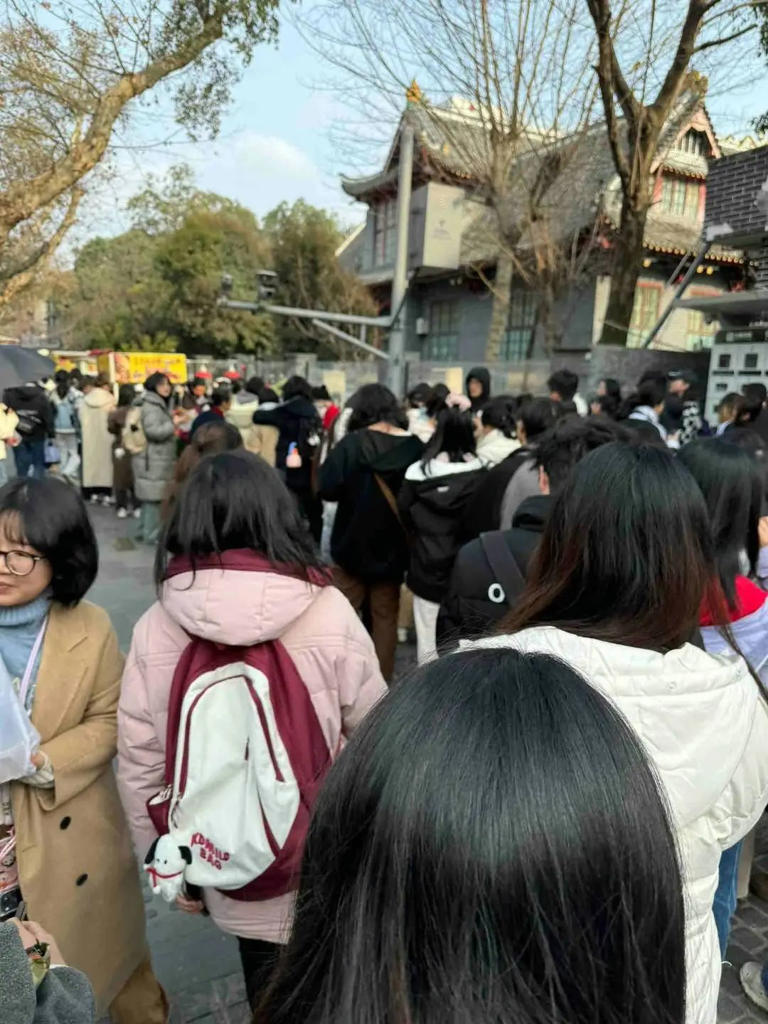Recently, the Hunan Provincial Medical Security Bureau issued the “Notice on Further Strengthening the Management of Designated Retail Pharmacies for Basic Medical Security”, which put forward clear requirements for the management of medical insurance prescriptions in designated pharmacies.

Netizens wondered, is this true?
AI assistants have been used in pediatrics, gynecology, etc
Multi-department medical scenario trial
At Zhejiang Provincial Hospital of Traditional Chinese Medicine, Wu Dijiong, deputy director of the Department of Hematology, is demonstrating the process of assisting doctors in diagnosing cases with WiNEXCopilot, a smart medical AI assistant connected to DeepSeek. As long as the doctor enters the patient’s medical record information, the platform will quickly generate a detailed case analysis and give a follow-up treatment plan. During this period, doctors can also update or supplement medical record information through human-computer interaction at any time, and the work efficiency has been nearly doubled.
Wu Dijiong said: “Our hematology department has its characteristics, which is very specialized, especially the clinical progress is very fast. With DeepSeek, we will be more helpful in precision treatment. Including medical students, when they organize medical records in the clinical process, they can also learn in this way, combined with actual information. ”
Many doctors said that although WiNEXCopilot is not a substitute for doctors’ decision-making, it has performed well in retrieving information and clinical diagnosis and treatment ideas. As a system that is currently only open to doctors, WiNEXCopilot is mainly used for case analysis and medical record document generation. Wu Dijiong specially introduced that this smart medical AI assistant is also an “all-round warrior”, which can integrate the knowledge and information of various departments, give a more comprehensive diagnosis and treatment plan, and sometimes even replace MDT (multidisciplinary joint consultation).
Wu Dijiong said: “Because MDT requires the medical department to organize the whole thing, it takes time. Specialists do not have a relatively rich cross-disciplinary knowledge structure, so this can help build an MDT team. ”
It is understood that after Zhejiang Provincial Hospital of Traditional Chinese Medicine recently connected to DeepSeek and launched a smart medical AI assistant, it has been tried in medical scenarios in multiple clinical departments such as pediatrics, gynecology, and hematology. Wang Wei, director of the Information Department of Zhejiang Provincial Hospital of Traditional Chinese Medicine, said that in the near future, the hospital plans to fully promote the smart medical AI assistant to the three hospitals of Hubin, Qiantang and Xixi, and let it play an important role in many key scenarios such as quality control of medical records, AI voice ward rounds, day surgery generation, and data extraction of medical records.
Wang Wei said: “In the future, on the basis of ensuring the security of medical data, we will do a deep integration, that is, DeepSeek will automatically interpret medical data. When the patient’s condition changes, such as test results and pathology results, DeepSeek can actively remind the doctor of the next treatment plan, which is a good measure to improve the quality of medical care and medical safety. ”
“AI can only give references
It depends on the doctor.”
Coincidentally, a number of hospitals in Hunan have also recently completed the localization deployment of DeepSeek. Hunan Provincial People’s Hospital has deeply integrated DeepSeek with the hospital’s OA (office automation) system, and from the recent interview content, the proportion of AI-assisted interpretation by physicians is as high as 63%; Hunan Provincial Chest Hospital (Hunan Provincial Tuberculosis Prevention and Control Institute) used the “Medical Research Assistant” agent developed by DeepSeek to go online, and the first application provided accurate suggestions for the optimization of the clinical path of tubeless surgery in thoracic surgery.
DeepSeek has become more and more widely used in the medical field, and Cheng Wei, vice president of the Hunan Provincial People’s Hospital, found that netizens also asked on social platforms, “When DeepSeek gives the same diagnosis as the chief physician, is it necessary to go to the hospital in the future?” Such questions have recently appeared in real doctor-patient conversations.
Cheng Wei said: “There are many patients who take DeepSeek to the doctor and say, ‘DeepSeek tells me what the diagnosis is and what medicine I have to use, you can prescribe this medicine for me.'” This is the current ‘new ecology of doctors and patients’. However, this diagnosis is not so accurate, because at present, artificial intelligence can only give a reference diagnosis, and the final approval still depends on the doctor, and there will even be some ‘AI hallucinations’. ”
DeepSeek prescribes
How credible?
How credible are the so-called “prescriptions” issued based on large models? If DeepSeek is used to assist in diagnosis, will there be a difference in the “prescription” that doctors and patients see? Cheng Wei gave the answer from the technical level – the accuracy and reliability of the AI system depend on a large amount of high-quality training data, the optimization degree of the algorithm and clinical validation, and there are still limitations in dealing with complex cases and combining the individual differences of patients for diagnosis.
Cheng Wei said: “In fact, the advice given by artificial intelligence is more comprehensive than human. But at present, we still need to train artificial intelligence for specific diseases, just like taking a child, to train him with a lot of correct exercises or cases, and to ‘feed’ him, we must teach him ‘1+1=2’, not ‘1+1=”3″‘. The biggest difficulty in training is that we need to ensure that the content of the early training is correct, but this process of ‘data cleaning’ is very time-consuming and requires professional people to ‘standardize’, so we still have a long way to go. The models used by patients and doctors are different, and the existing databases can answer some diagnostic questions, but the training materials used are not very professional and extensive, and they may only be the result of training with some mature materials such as guides or textbooks. ”
AI prescriptions are not compliant
Relevant regulations on the management of medical institutions
It is worth mentioning that recently, the Hunan Provincial Medical Security Bureau issued the “Notice on Further Strengthening the Management of Designated Retail Pharmacies for Basic Medical Security” (hereinafter referred to as the “Notice”), which clearly stipulates that for the electronic prescription circulated in Internet hospitals, it is necessary to focus on verifying whether the doctor issuing the prescription is a medical insurance physician certified by Hunan Province, and the prescription must be circulated through the provincial medical insurance electronic prescription center, and the doctor should conduct effective and sufficient communication with the patient or the patient’s family when issuing the prescription. It is strictly forbidden to receive automatically generated prescriptions from artificial intelligence, etc. He Qing, vice president of the Hunan Provincial Chest Hospital, said that this regulation is actually a rigorous consideration of “practicing in accordance with the law”.
He Qing said: “When we issue a prescription, it must be a qualified doctor. AI is not qualified, it can only do auxiliary diagnosis, and it is the doctor who ultimately makes decisions and judgments. After the prescription is issued, the pharmacist should conduct a pre-examination of the prescription, and it is necessary to rely on the professional knowledge of the pharmacist himself to judge whether the prescription is unreasonable. Therefore, AI prescription does not comply with the relevant regulations on the management of medical institutions, nor does it comply with the Measures for the Administration of Prescriptions. ”
The reporter noted that the “Notice” also made it clear that pharmacists need to strictly perform the “double review” duties when receiving prescriptions: after the pharmacists of medical institutions complete the first review of prescriptions, the pharmacists of pharmacies in pharmacies will verify the authenticity, suitability and standardization of the prescriptions for the second time to ensure the safety of medication. Cheng Wei explained that whether it is a physical hospital, an Internet hospital or a pharmacy, the pharmacist review process must be strictly constrained by the system, and the rights and interests of patients must be protected at the moment when AI is deeply integrated with diagnosis and treatment.
“There’s a special group, it’s a special group of doctors, and they’re called pharmacists,” Cheng said. Because they specialize in pharmacology, they have the function of reviewing each prescription – this drug has no contraindications to the use of compatibility, will not conflict when taking two drugs at the same time, or aggravate the toxicity, and ensure that the dosage used is reasonable. After these links, we can ensure that the drug is prescribed to the patient in the right way and at the same time safe. ”
How will AI dance with healers? Many medical workers have given a clear answer: AI is the right-hand man of doctors. In the exploration of more medical institutions, DeepSeek will continue to show its great potential in future use cases. For example, Hunan Chest Hospital is exploring the deep integration of DeepSeek with the field of drug-resistant treatment, so that it can play a greater role in accurate assessment, data integration, risk prediction and personalized quantitative decision support. Hunan Provincial People’s Hospital will deeply integrate DeepSeek into its core business platform to provide intelligent support for key links such as clinical decision support, medical record quality control, and image analysis. In Cheng Wei’s view, the trajectory of AI services for medical care will continue to extend and end with the benefit of every patient.
Cheng Wei said: “Healthcare is an industry with a ‘zero’ tolerance for errors, and once a mistake occurs, it may be a matter of human life. Generally speaking, in clinical work and life, we are now making more and more progress in the direction of science, safety and standardization. We will actively embrace new technologies, but when new technologies are not yet fully safe, we still have to stick to the bottom line of clinical practice. ”

 Entering China
Entering China


